The Evolution and Future of Automotive Steel: From Ancient Craft to Modern Engineering
Introduction: The Importance of Automotive Steel
Using steel to make cars is basic common sense for modern people. However, many understanding of automotive steel still stops in the low - carbon steel . Though both are steel, today's automotive steel is way much better than that from decades ago. Over the past years, research on automotive steel has made great progress. Now, automotive steel sheets are thinner and thinner, and the strength and corrosion resistance of steel have improved a lot. To counter the impact of new materials, many steel companies are actively working with vehicle companies to develop lightweight, high - strength steel that can compete with aluminum alloy, plastic, and carbon - fiber reinforced composites.
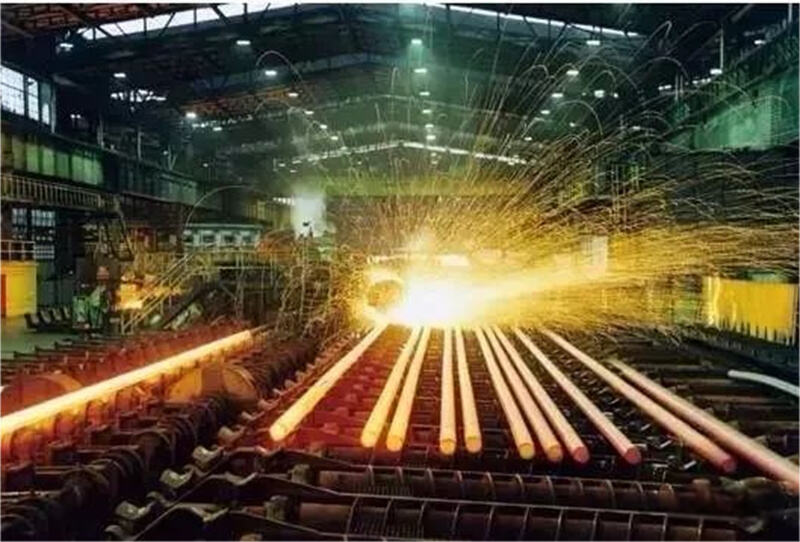
Iron and steel smelting plant
1. The Undefined Term: "High-Strength Steel"
In the modern auto market, many brands claim to use "high-strength steel, " but this term lacks a unified industry standard. As steel technology progresses, so do the strength thresholds associated with this label. The situation is similar to car models marketed as "New", "All-New", or "Next-Generation" versions. Marketing departments often classify steel above 300 MPa as "high-strength, " even though different steels under this umbrella can vary in strength by up to 100%.
To clarify the topic of automotive steel, we must first understand its historical development.
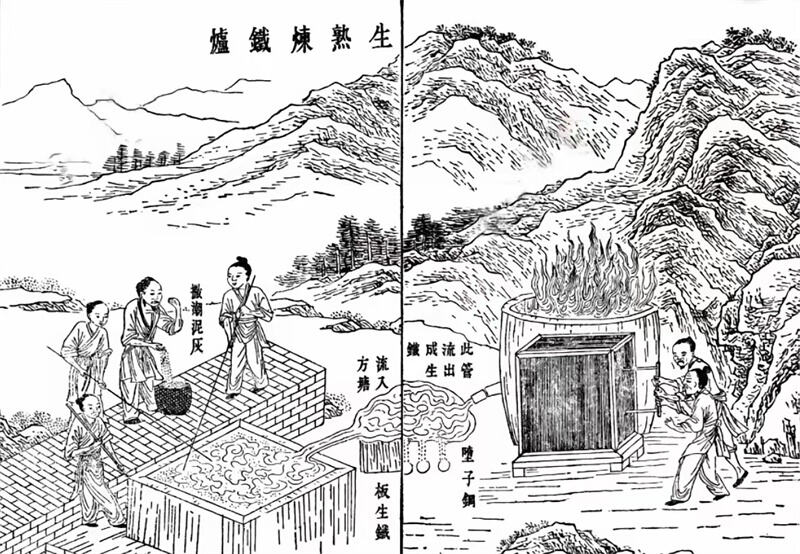
Steel development in China
From Bronze to Iron: The Chinese Innovation
Steel has a long history dating back to the Spring and Autumn and Warring States periods in China (approximately 770–210 BCE). At the time, bronze was the dominant metal but was too brittle for durable tools or weapons. Ancient Chinese engineers began using the bloomery process to produce soft, block-shaped iron. Although iron tools then had limited advantages over bronze, they laid the foundation for later metallurgical breakthroughs.
Advancements During the Han Dynasty
During the Han Dynasty (202 BCE–220 CE), bellows-enhanced furnaces raised smelting temperatures, and carburizing technology was developed to control hardness. The "stir-casting process" allowed metallurgists to stir molten iron in converters and add alloy elements. Coupled with folding and forging techniques to remove impurities, these methods created high-quality iron that was primarily used in weapons. Excavated Han tombs often contain such weapons, indicating widespread use.
Mastery in the Tang Dynasty
By the Tang Dynasty (618–907 CE), blacksmiths could control carbon content in iron products, producing steels with 0. 5–0. 6% carbon—the modern definition of steel. Techniques such as blade sandwiching were developed to optimize both hardness and toughness.
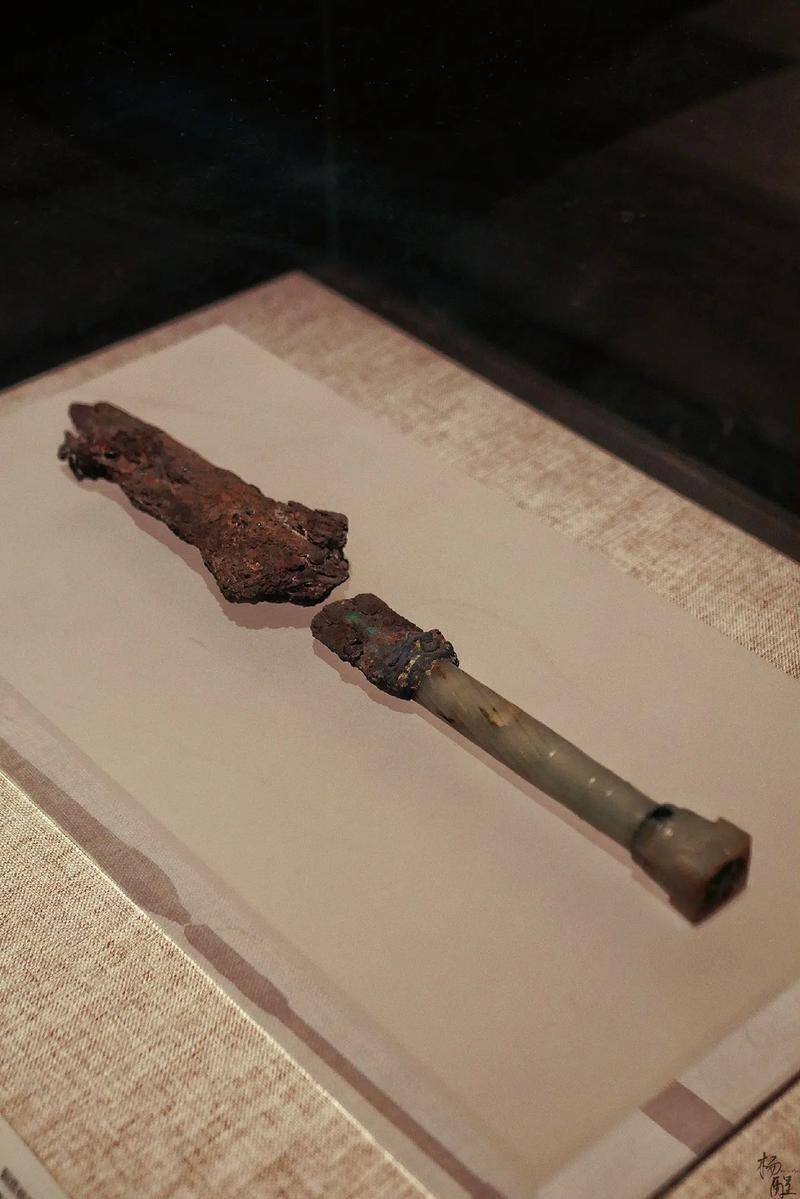
jade - hilted iron
The iron weapons in the picture are jade - hilted iron swords from ancient China. This shows that smelting technology was advanced at that time. Iron weapons were widely used. There were also different types like iron knives, ji, spears, and arrows. Iron replaced bronze completely, and humanity entered the Iron Age.
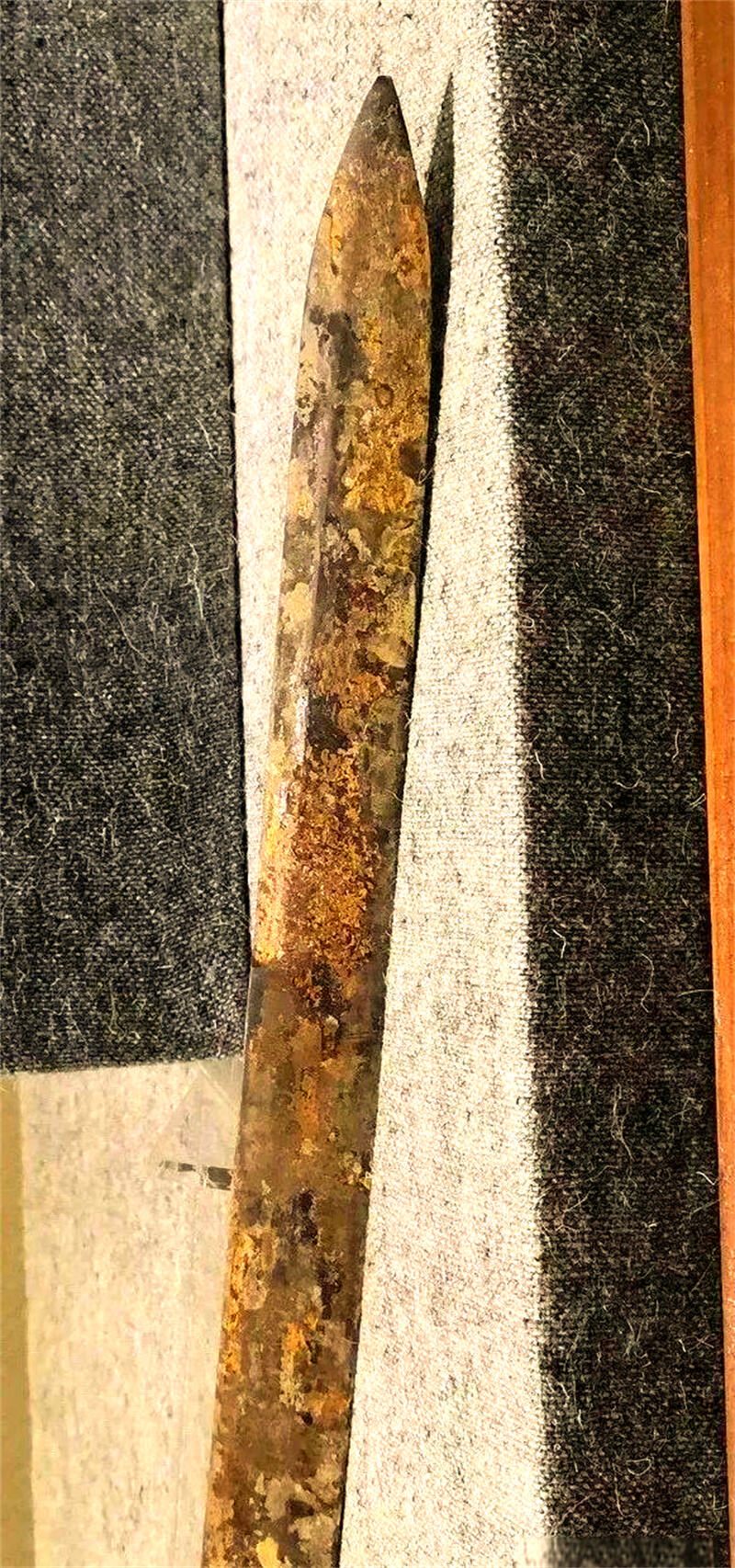
steel knives used for Tang Dynasty
During the Tang Dynasty in China, smelting and forging techniques did not change obviously. However, through accumulated experience, blacksmiths were able to control the carbon content in iron products. The carbon content of the representative Tang knives was approximately between 0. 5% and 0. 6%, which falls within the range of steel.
In steelmaking today, controlling carbon content is still fundamental. Adjusting it based on intended use can tune steel's toughness and hardness. To make blades with both properties, ancient people invented techniques like cladding and sandwiching steel. However, these are beyond this article's scope.
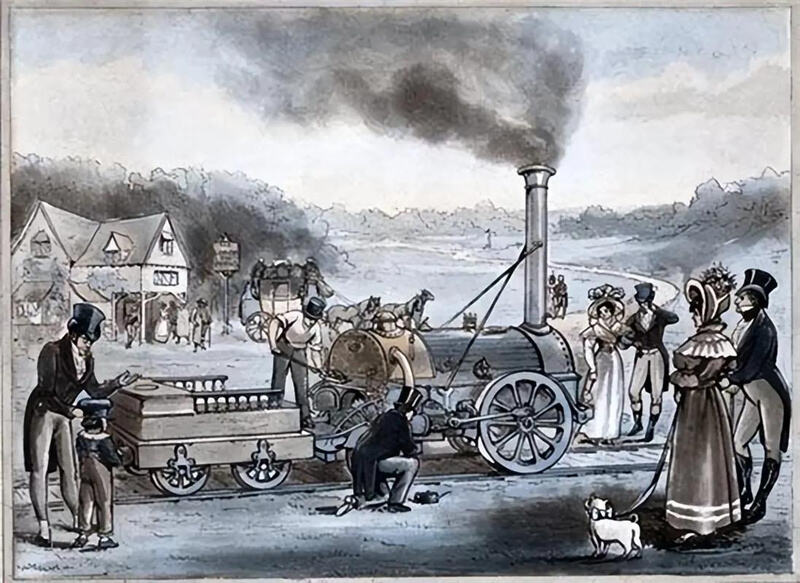
(The First Industrial Revolution)
The First Industrial Revolution
The first Industrial Revolution put iron production's shift to industrialization. The first leap in human demand for steel came during the Industrial Revolution. The invention of the steam engine freed humanity from heavy manual labor and animal - powered production for the first time, and fuel - driven machines elevated human productivity to a much higher level.
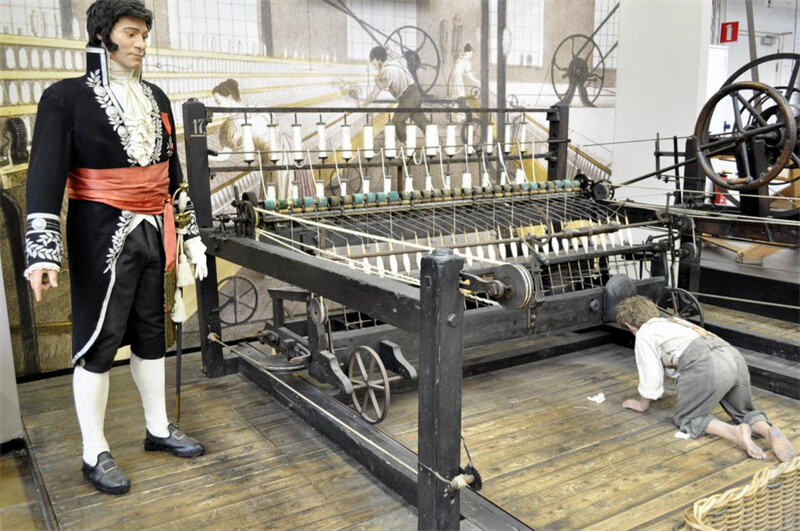
British textile mills depended on steam engines and looms made of steel
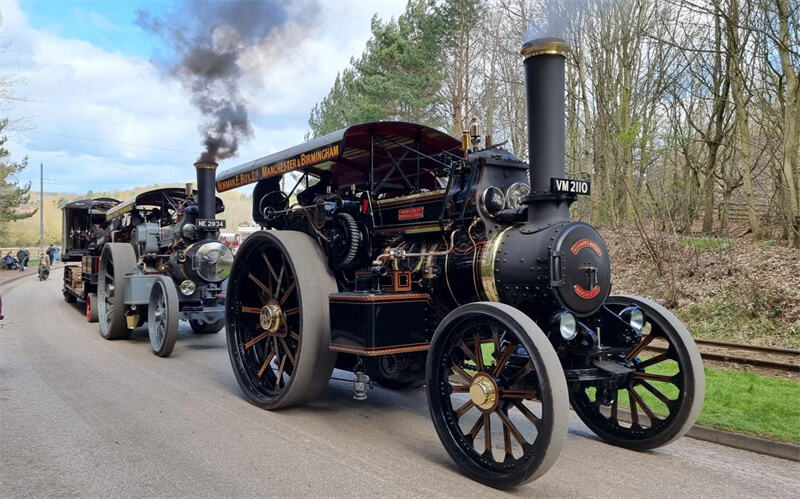
(steam locomotive)
Steam locomotives were also big consumers of steel, along with the accompanying railway tracks. In british textile mills, groups of women operating was instead by noisy steel machines. Across the European continent, iron rails were laid down. Steam locomotives began to replace the horse - drawn carriages as the main transportation tools.Since then, humans have been unable to live without steel, and the demand has been increasing day by day.
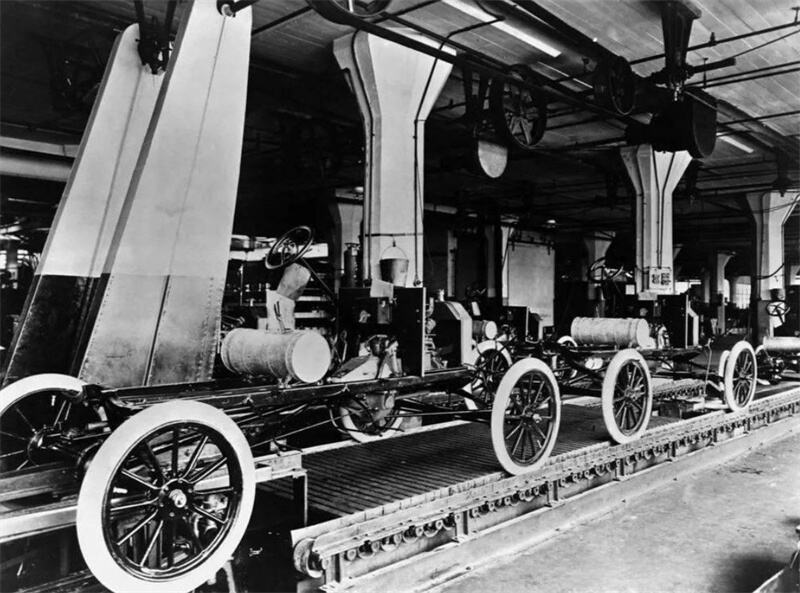
(The first assembly line of Ford Motor during the Second Industrial Revolution)
The Second Industrial Revolution linked automobiles with steel material.
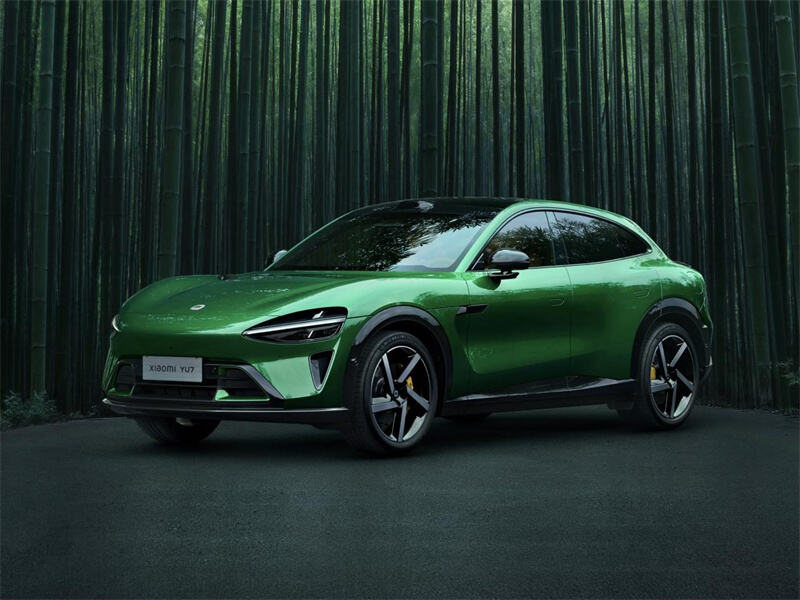
(Xiaomi's Newly Released SUV: YU7)
Now, some high - performance cars are still made by steel. During the second Industrial Revolution, when automobiles emerged, the steel industry advanced to a new level. Since then, these two sectors have been closely linked. Even though modern cars no longer resemble the "Mercedes-Benz No. 1", steel is still widely used in their production, including in some supercars.
Strength grades of automotive steel
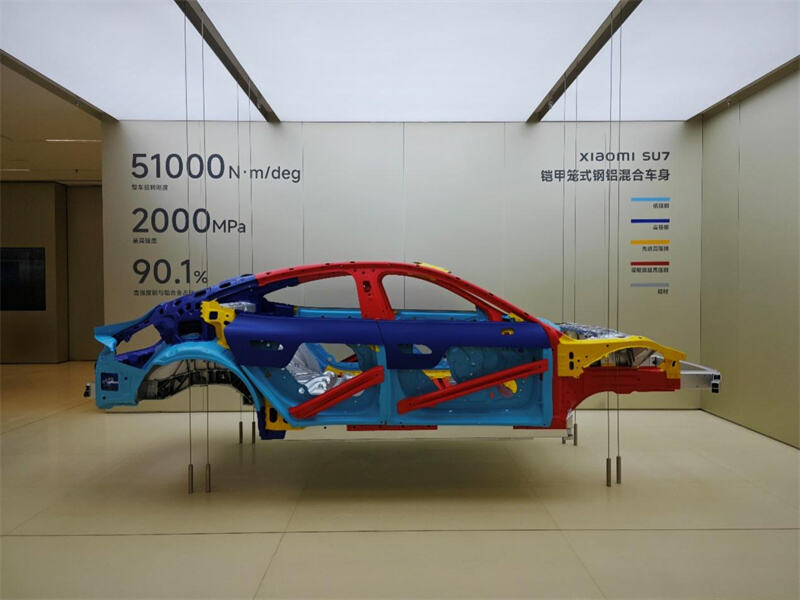
How High-Strength Steel Is Really Used in Modern Car Bodies
In modern vehicles, the car body is constructed by welding together steel plates of different strengths. Engineers select the appropriate steel grade based on the stress levels that each part of the structure is expected to endure. In high-stress areas—where using thicker steel is not feasible—ultra-high-strength steel is applied. As the saying goes, "Use the best steel where it is needed most. "
Body Steel Strength Charts: What's Shown and What's Not
While many car manufacturers claim to use high-strength steel, only a few are transparent about the exact materials used. Some brands do release vehicle body structure diagrams, but most of these charts only highlight the general areas where stronger steel is applied, without specifying exact tensile strength values. Well-known brands with strong R&D capabilities are often even more reserved in sharing such technical data.
Understanding the Terminology
In Japan and South Korea, high-strength steel is commonly referred to as "high-tension steel. " The strength of steel is typically measured in MPa (megapascals). To give you a sense of scale: 1 MPa equals the force of 10 kilograms (roughly the weight of two watermelons) applied to a surface area of just 1 square centimeter, without causing the material to deform.
Strategic Application, Not Full Coverage
By analyzing body structure diagrams, it's clear that ultra-high-strength steel (e. g. , 1000 MPa or more) is used only in specific components—such as anti-collision beams and critical reinforcement zones. The majority of the body is still made with lower or medium-strength steel, which is easier to shape and more cost-effective. This selective usage is based on both functional needs and manufacturing constraints.
Don't Be Misled by Marketing Slogans
When you encounter phrases like "Our vehicle body uses 1000 MPa-class high-strength steel, " it's important to interpret them accurately. This doesn't mean the entire body is made from such advanced material. In most cases, only localized parts—like the door impact beams—may reach that strength level. The rest of the body structure typically uses a mix of materials designed for balance between safety, cost, and manufacturability.
3,new steel materials conducive to stamping
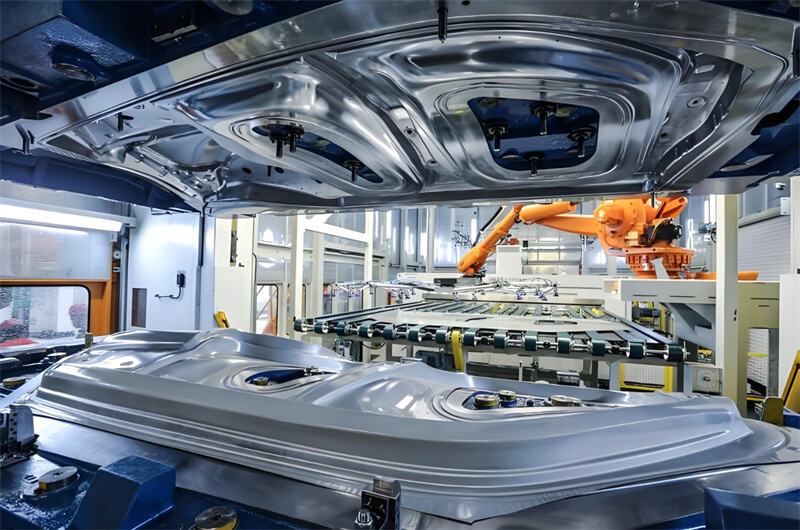
Stamping is the main method for body manufacturing.
Body parts that are still on the mold after stamping forming
The increase in material strength brings about the problem of difficult processing. Most passenger cars are manufactured by stamping, that is, using dies to extrude materials into shape—similar to shaping Play-Doh. Now, with the higher strength of automotive steel plates, the requirements for stamping processes are more demanding. Moreover, there are many deep-drawn components, making the material prone to cracks and wrinkles. For example, corner positions are the most prone to "dead corners" during stamping, where tearing and wrinkling typically occur. This also indicates that when steel plates are stamped, issues such as stretching and friction with the die always exist. These will cause defects in stamped parts due to internal stress or surface damage.
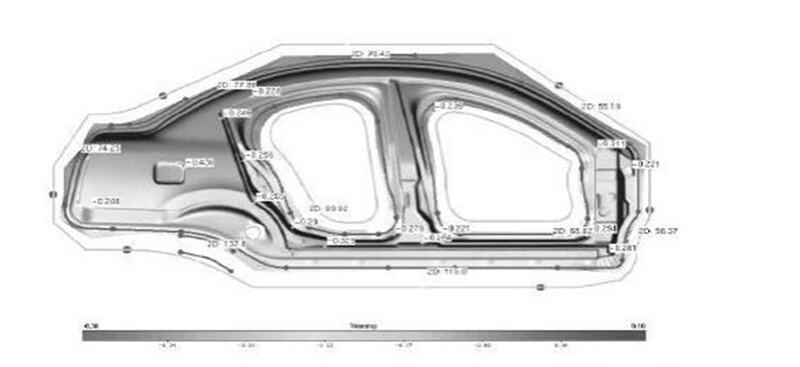
(automotive body structural steel)
Thinning Distribution of Sheets
To avoid the above situations, manufacturers need to study the deformation of steel sheets during stamping to prevent tearing. However, there is always a contradiction that the higher the strength of the steel sheet.The side panel is the largest stamping part of the entire vehicle and also is the most difficult component to form. Therefore, manufacturers will study the internal stress of the steel sheet during stamping to eliminate accumulated internal stress as much as possible. Meanwhile, studying the thickness of large-area stamping parts can reveal which parts of the steel sheet are severely stretched and what stamping depth can ensure the steel sheet does not tear.
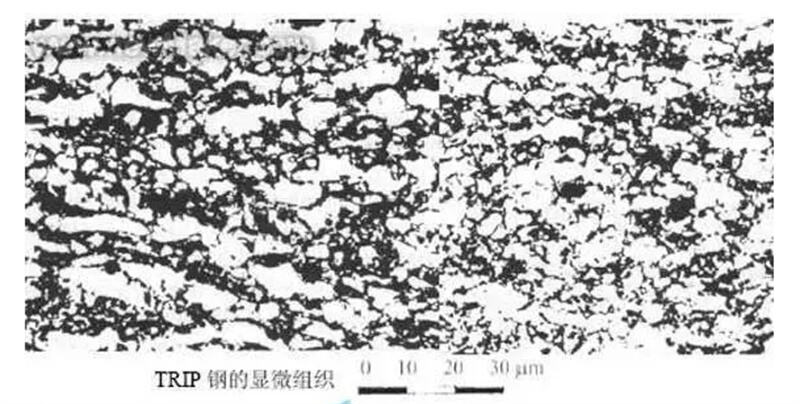
New-type steel can solve the problem of stamping forming and difficult processing caused by high material strength. To fundamentally solve the stamping problem of high-strength steel, a new-type steel is being applied to the production of automobile bodies. The matrix of this steel is ferrite with good softness and toughness, in which martensite with good hardness is embedded. It is easier to form during stamping, and the formed material has considerable strength.
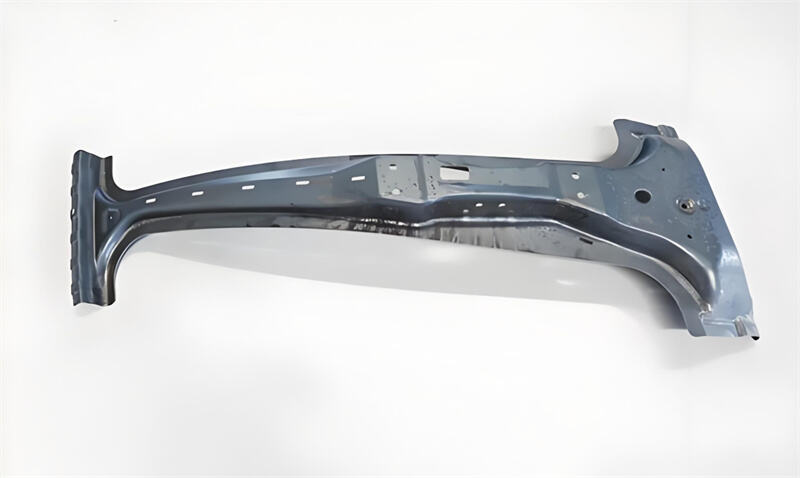
(Automotive A-pillar sheet metal parts)
Some heat-treated high-strength structural components
For positions like the B-pillar that particularly need reinforcement, some manufacturers use a heat treatment process. The formed B-pillar undergoes heating and quenching to make the internal crystal structure of the steel more perfect. This is similar to the process of shaping with clay and then heating to solidify in porcelain making. Generally, these heat-treated parts often appear black.
3.Corrosion Resistance of Automotive Steels
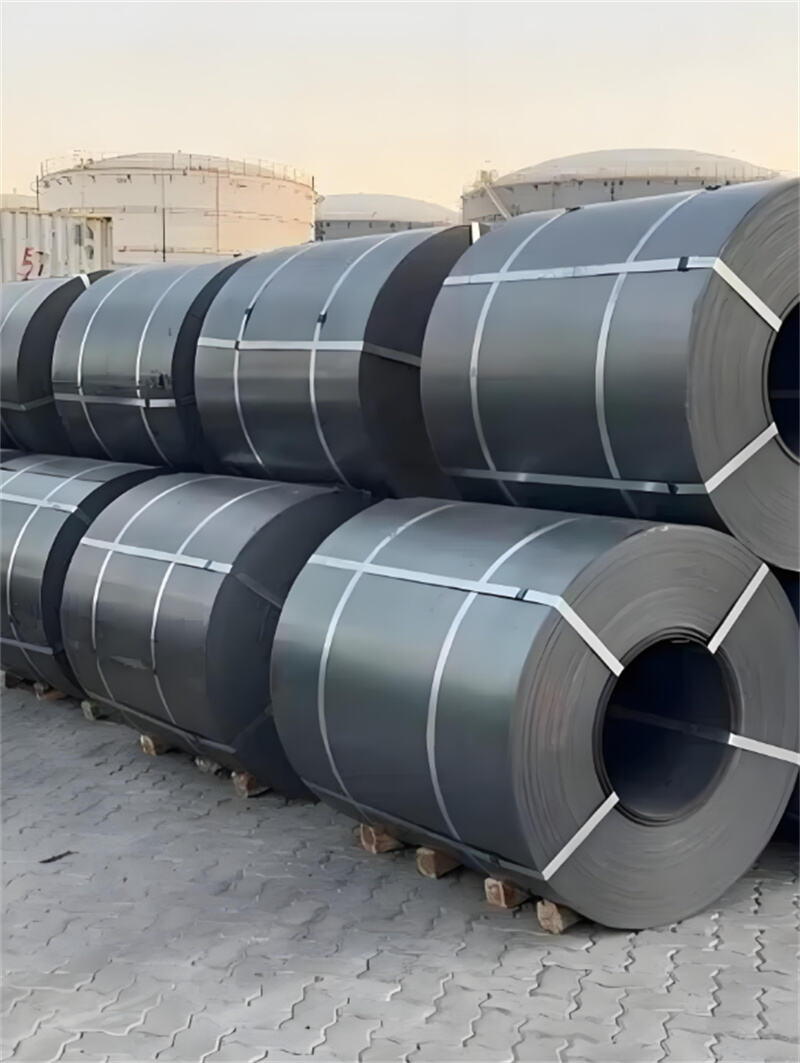
(Steel coils for automotive manufacturing)
Automobiles are manufactured using low-alloy steels.
At present, automotive steel falls under the category of low-alloy steels, which is a branch of steel. The majority of this steel consists of iron elements, with only a small amount of alloying elements, such as carbon, silicon, phosphorus, copper, manganese, chromium, nickel, etc. The content of these alloying elements does not exceed 2. 5%.
Low-alloy steels exhibit excellent processing performance and strength, while also possessing good corrosion resistance. Ordinary low-carbon steel forms a reddish-brown oxide layer in natural environments, which is very loose and commonly known as rust. In contrast, low-alloy steels generate a brown, dense oxide layer that adheres tightly to the steel surface, acting as a barrier to prevent further erosion of the internal steel by the external environment. This anti-rust mechanism is somewhat similar to that of aluminum alloys and zinc alloys, except that it takes several years for low-alloy steels to develop a stable protective rust layer, with the color of the rust layer transitioning from light yellow to brown, whereas aluminum alloys form a protective rust layer almost instantaneously.
Weathering steel is often used exposed on building facades
Weathering steel develops a special artistic effect after forming a rust layer, thus becoming a building material highly favored by cutting-edge designers.
Due to this characteristic, low-alloy steel is also known as weathering steel (weather corrosion-resistant steel). Weathering steel is typically used for manufacturing vehicles, ships, bridges, containers, etc. , with their surfaces usually painted. However, in architectural decoration, there is a preference for using weathering steel exposed, as it does not suffer from rust-through issues when left uncovered. Moreover, the brown rust layer it forms creates a unique artistic effect, making welded weathering steel plates a common choice for the facades of special buildings.
Due to the improvement in steel properties, automobile manufacturers are becoming increasingly perfunctory in anti-rust treatments.
As for automobiles, many manufacturers now use less chassis rubber coating, commonly known as "chassis armor" in layman's terms. The chassis of many new cars directly exposes the steel sheets, which only have the original factory primer and color paint matching the exterior. This indicates that these vehicles only undergo electrophoretic priming and color painting processes during production. Only the spatter area behind the front wheels has a thin layer of soft rubber coating, which prevents gravel kicked up by the wheels from impacting the chassis steel. These changes seem to reflect manufacturers' confidence in the corrosion resistance of their products.

(Chassis Armor)
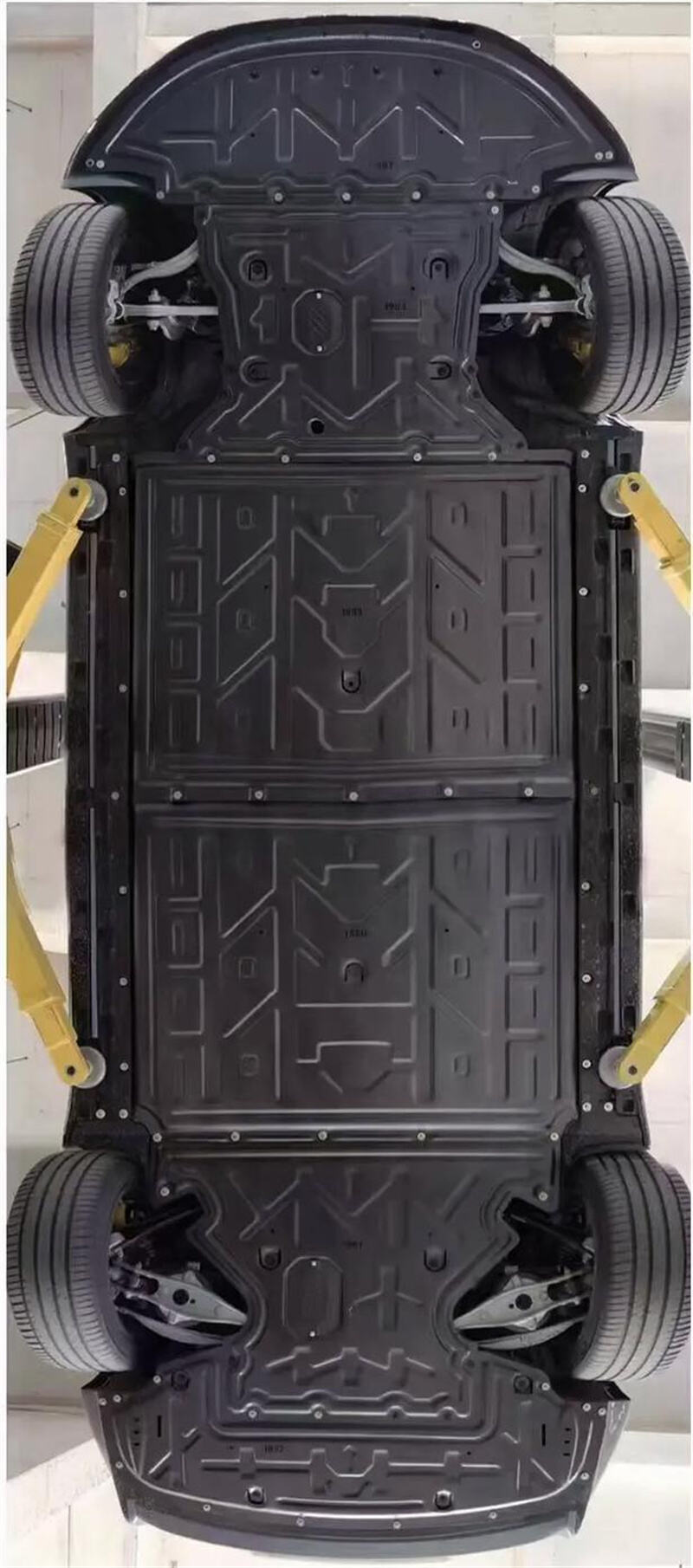
Xiaomi SU7 chassis protection plate
Sophisticated enterprises install plastic chassis protection plates.
Under the protection plates, there are still steel sheets that have only undergone simple treatment. Some fastidious manufacturers install plastic protection plates on the chassis. These plates can not only isolate the chassis steel from gravel impact but also organize the airflow under the chassis. Under these plastic protection plates, the chassis steel only has a layer of primer.
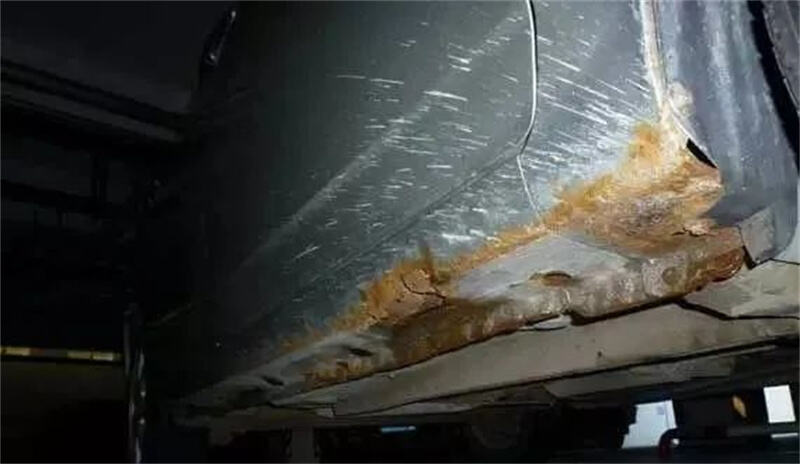
Automotive steel isn't used haphazardly. Businessmen's decisions to cut costs often end up sacrificing major benefits for minor savings, and technicians can't override the bosses.
There's an exception to everything, and exceptions often occur in China. A few years ago, a newly established domestic brand used low-carbon steel for vehicle manufacturing, leading to chassis rust-through within two years—and such cases have resurfaced recently. Sometimes, decisions made on a whim by leaders are truly alarming. When businessmen interfere in technical discussions, the results are always unpredictable.
The Future of Automotive Steels
At present, the thickness of automotive steel sheets has been reduced to 0. 6mm, which I believe has reached the limit of steel thickness. If the steel sheet is thinner, even with high strength, it will lose the structural stability inherent in the material. Automotive steel sheets are now facing increasing challenges from new materials. The atomic weight of iron determines that its density cannot be changed, and the path of weight reduction through thinning seems to have reached a dead end. Aluminum alloys are now gradually being widely used in high-end vehicles. All-aluminum SUVs, as well as the 5 Series and A6 using aluminum for front-end structures, all indicate this trend.
 Small batches, high standards. Our rapid prototyping service makes validation faster and easier —
Small batches, high standards. Our rapid prototyping service makes validation faster and easier — 
